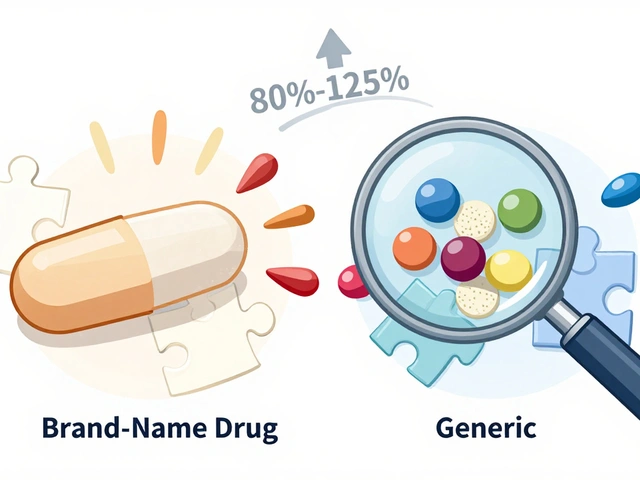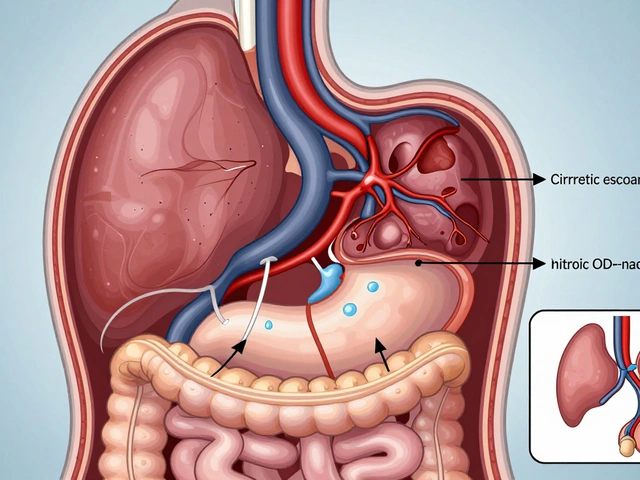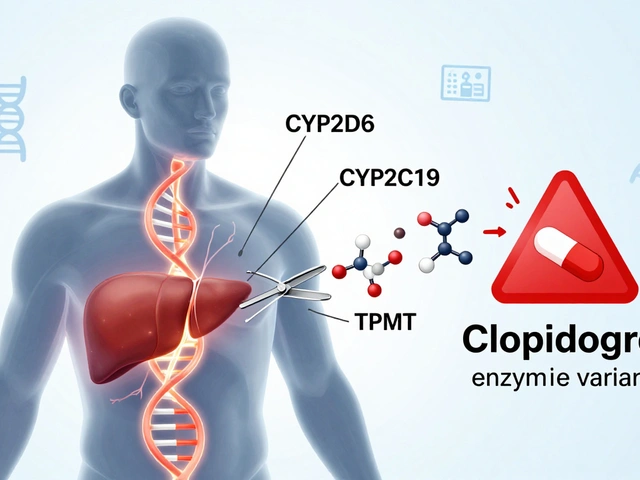Warfarin Side Effects: What You Need to Know Before Taking It
When you take warfarin, a prescription blood thinner used to prevent dangerous clots in people with atrial fibrillation, artificial heart valves, or a history of deep vein thrombosis. Also known as Coumadin, it’s one of the most prescribed anticoagulants in the world—but it’s not simple to manage. Warfarin works by slowing down your blood’s ability to clot, which helps prevent strokes and heart attacks. But that same effect can turn dangerous if your dose isn’t just right. Too little, and clots form. Too much, and you bleed internally—sometimes without warning.
The biggest risk with warfarin, an anticoagulant that requires careful monitoring isn’t just the side effects—it’s the interactions. Many common foods, supplements, and medications change how warfarin works. Vitamin K in leafy greens like spinach and kale can make it less effective. Antibiotics, painkillers like ibuprofen, and even some herbal teas can spike your risk of bleeding. That’s why your doctor keeps checking your INR, a blood test that measures how long it takes your blood to clot. If your INR is too high, you’re at risk for bleeding. Too low, and clots could form. Most people need this test every few weeks, especially when starting or changing doses.
Common side effects include bruising easily, nosebleeds, and bleeding gums. These aren’t always scary, but they’re signals. More serious signs—like red or black stools, vomiting blood, sudden headaches, or unexplained swelling—need immediate attention. Some people report hair loss or skin rashes. Long-term use has been linked to bone thinning, especially in older adults. And while warfarin is cheap and effective, newer blood thinners like apixaban or rivaroxaban don’t need regular blood tests. But they’re not always the right choice—your heart condition, kidney function, and cost all matter.
What you’ll find in the posts below is a collection of real, practical guides from people who’ve lived with anticoagulants. You’ll see how warfarin interacts with other drugs like prednisone and furosemide, why timing matters with alcohol and NSAIDs, and how to spot warning signs before they become emergencies. There’s no fluff here—just clear, tested advice on staying safe while taking this powerful medication.





